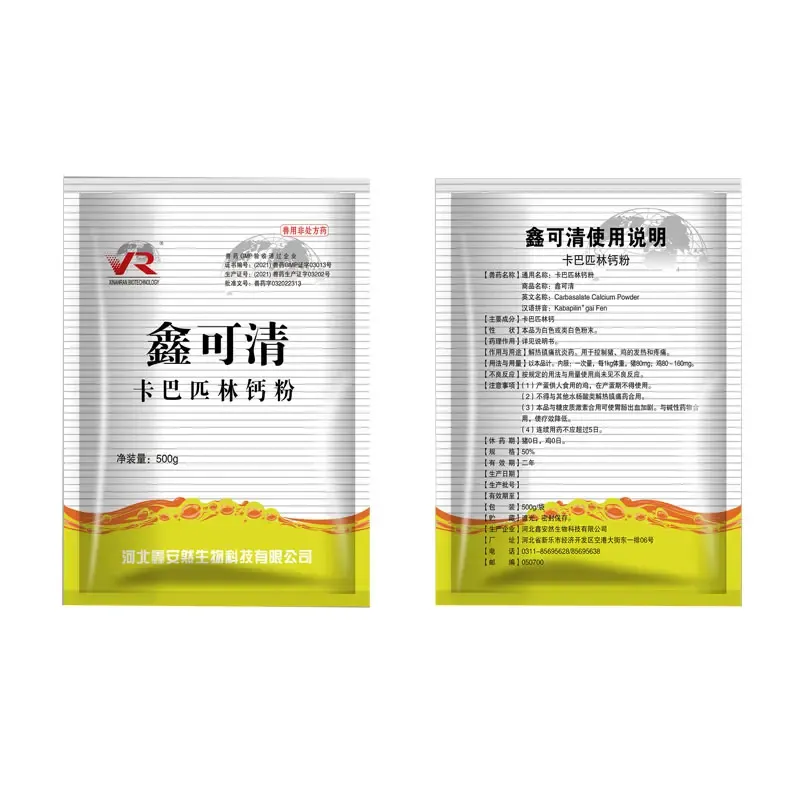- Afrikaans
- Albanian
- Amharic
- Arabic
- Armenian
- Azerbaijani
- Basque
- Belarusian
- Bengali
- Bosnian
- Bulgarian
- Catalan
- Cebuano
- Corsican
- Croatian
- Czech
- Danish
- Dutch
- English
- Esperanto
- Estonian
- Finnish
- French
- Frisian
- Galician
- Georgian
- German
- Greek
- Gujarati
- Haitian Creole
- hausa
- hawaiian
- Hebrew
- Hindi
- Miao
- Hungarian
- Icelandic
- igbo
- Indonesian
- irish
- Italian
- Japanese
- Javanese
- Kannada
- kazakh
- Khmer
- Rwandese
- Korean
- Kurdish
- Kyrgyz
- Lao
- Latin
- Latvian
- Lithuanian
- Luxembourgish
- Macedonian
- Malgashi
- Malay
- Malayalam
- Maltese
- Maori
- Marathi
- Mongolian
- Myanmar
- Nepali
- Norwegian
- Norwegian
- Occitan
- Pashto
- Persian
- Polish
- Portuguese
- Punjabi
- Romanian
- Russian
- Samoan
- Scottish Gaelic
- Serbian
- Sesotho
- Shona
- Sindhi
- Sinhala
- Slovak
- Slovenian
- Somali
- Spanish
- Sundanese
- Swahili
- Swedish
- Tagalog
- Tajik
- Tamil
- Tatar
- Telugu
- Thai
- Turkish
- Turkmen
- Ukrainian
- Urdu
- Uighur
- Uzbek
- Vietnamese
- Welsh
- Bantu
- Yiddish
- Yoruba
- Zulu
9 月 . 02, 2024 03:38 Back to list
Premium Animal Disinfectant Products | Safe & Effective Solutions
Understanding Animal Disinfectant Products Importance, Types, and Applications
In the realm of veterinary care and animal husbandry, maintaining a clean and safe environment is crucial for the health and well-being of animals. The use of animal disinfectant products plays a pivotal role in this process, helping to control the spread of infectious diseases, ensuring the hygiene of living spaces, and promoting overall animal health.
Importance of Animal Disinfectants
Animals, whether in farms, zoos, or veterinary clinics, can be susceptible to various pathogens, including bacteria, viruses, and fungi. These pathogens can lead to outbreaks of disease, affecting not only individual animals but potentially whole populations. Disinfectant products are essential for breaking the cycle of infection by killing harmful microorganisms on surfaces, equipment, and even in the air.
In agricultural settings, where livestock is raised, the risk of disease transmission can be particularly high. The close proximity of animals can facilitate the swift spread of pathogens, making regular disinfection a vital practice. Effective disinfectants reduce the need for antibiotics, promoting better animal welfare and food safety by lowering the risk of antibiotic resistance.
Types of Animal Disinfectant Products
Animal disinfectants come in various forms and are formulated to target specific types of pathogens. Some common categories include
1. Quaternary Ammonium Compounds (Quats) These are widely used due to their low toxicity to animals and effectiveness against a broad range of microorganisms. They are often used for surface disinfection in veterinary clinics and animal housing.
animal disinfectant products

2. Chlorine-based Disinfectants Chlorine compounds, such as sodium hypochlorite, are powerful disinfectants known for their ability to eliminate tough pathogens like viruses and bacteria. However, care must be taken as they can be irritating to both animals and humans.
3. Phenolic Compounds These are effective against bacteria and viruses and are commonly used in veterinary settings. However, they may require longer contact times and can be toxic if not used correctly.
4. Hydrogen Peroxide This is a versatile disinfectant effective against a wide range of pathogens. It decomposes into water and oxygen, leaving no harmful residues, making it a great choice for animal environments.
5. Organic Acid-Based Products These are increasingly popular due to their effectiveness and lower toxicity. They can effectively sanitize surfaces and are often used in food production environments.
Applications of Animal Disinfectant Products
Disinfectants are used in various applications across different settings. In veterinary practices, they are essential for cleaning examination rooms, surgical areas, and animal housing to prevent cross-contamination. In agricultural settings, disinfecting equipment, feeding troughs, and living spaces helps maintain a healthy environment for livestock. Poultry farms, cattle ranches, and equine facilities all employ targeted disinfection strategies to safeguard animal health and productivity.
Conclusion
The use of animal disinfectant products is vital in preventing disease outbreaks and promoting the health of animals. With a variety of options available, it’s important for animal caregivers and farm managers to choose the right disinfectants based on their specific needs, the types of pathogens they face, and the particular circumstances within their facilities. By prioritizing cleanliness and hygiene, we not only protect the animals in our care but also enhance the safety and quality of the broader food supply.
-
The Power of Radix Isatidis Extract for Your Health and Wellness
NewsOct.29,2024
-
Neomycin Sulfate Soluble Powder: A Versatile Solution for Pet Health
NewsOct.29,2024
-
Lincomycin Hydrochloride Soluble Powder – The Essential Solution
NewsOct.29,2024
-
Garamycin Gentamicin Sulfate for Effective Infection Control
NewsOct.29,2024
-
Doxycycline Hyclate Soluble Powder: Your Antibiotic Needs
NewsOct.29,2024
-
Tilmicosin Premix: The Ultimate Solution for Poultry Health
NewsOct.29,2024













